Are you considering taking semaglutide to manage your blood sugar levels and lose weight? To maximize the benefits of this medication, it is crucial to know which foods to eat and avoid. In this comprehensive guide, we will walk you through everything you need to know about managing your diet while on semaglutide, including what not to eat on semaglutide.
Key Takeaways
- Semaglutide is an FDA-approved medication used to treat type 2 diabetes and manage blood glucose levels, but it should be taken with caution.
- Limit or avoid high-fat, sugary, and processed foods while taking semaglutide in order to achieve optimal weight loss results.
- Focus on a balanced diet with lean proteins, fiber rich foods and healthy fats for effective management of blood sugar levels when taking semaglutide.
Understanding Semaglutide: How It Works and Its Effects
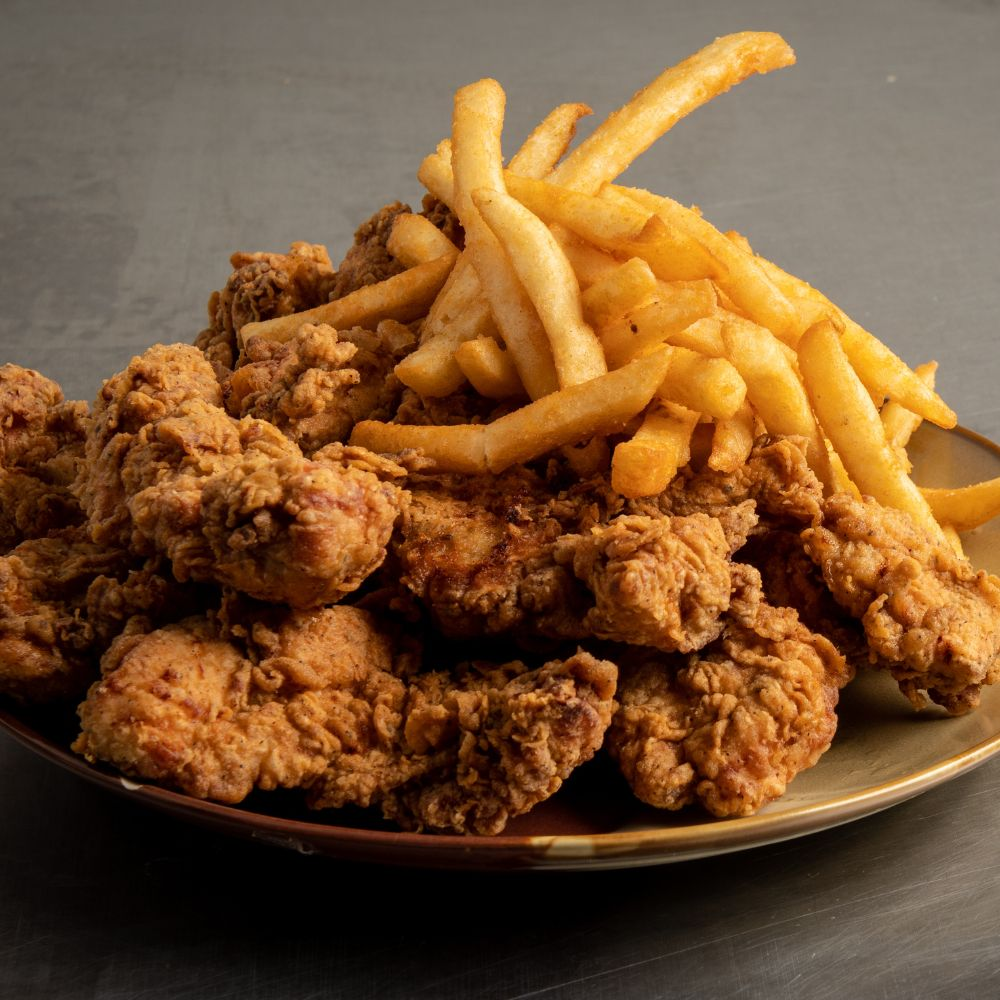
Semaglutide, is the active ingredient in Ozempic and has been approved by FDA as one of the diabetes medications. It helps in treating type 2 diabetes and managing blood glucose levels. It works by replicating the incretin hormones that your body produces in response to food intake, helping to manage high blood sugar levels. Semaglutide may facilitate weight loss by reducing hunger and promoting satiety, as it slows stomach emptying. Following a healthy diet while taking semaglutide can help regulate your appetite and support weight loss.
However, one should be cognizant of the potential adverse effects of semaglutide, including nausea, gastrointestinal discomfort, and stomach pain. Vitamins like Peptidevite may help with these side effects. Semaglutide has been determined safe to take with metformin, and the two medications may be more effective when taken together, as advised by an obesity medicine physician.
For optimal results, adapting your lifestyle, particularly your food choices, is necessary while taking semaglutide.
Foods to Limit or Avoid on Semaglutide
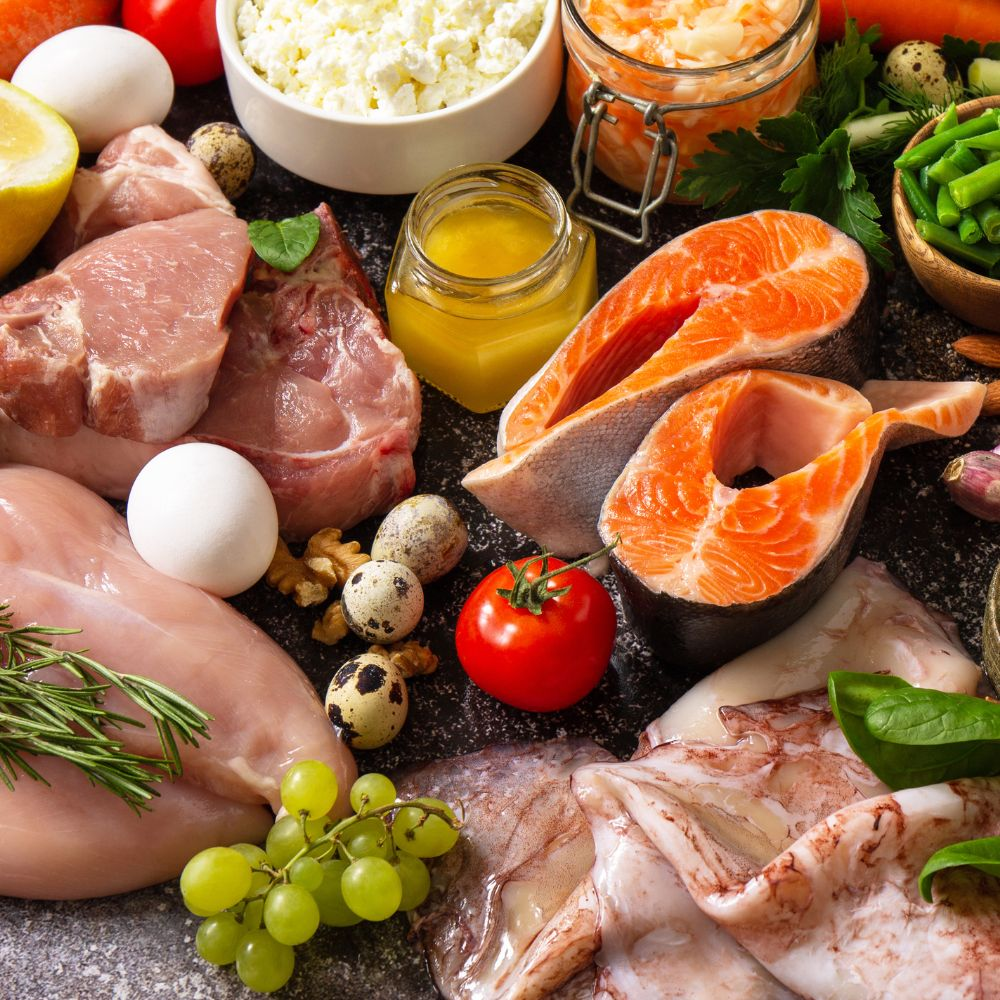
While no specific foods are strictly off-limits, it’s recommended to limit or avoid high-fat, sugary, and processed foods to maximize weight loss and improve metabolic health. To effectively lose weight, focus on a balanced diet and regular exercise.
We will further elaborate on the reasons for limiting or avoiding certain foods, including fried or greasy foods, sugary foods and beverages, and processed and high-sodium foods. In this discussion, we will specifically focus on the foods to avoid.
High-Fat and Greasy Foods
High-fat and greasy foods can worsen gastrointestinal side effects and negatively impact blood sugar levels. Fried foods and greasy meals that incorporate full-fat dairy and oil-heavy cooking methods should be restricted. The rationale for limiting trans and saturated fat intake when taking semaglutide is that avoiding fatty foods may help reduce gastrointestinal issues.
Consuming bland and less fatty foods can help minimize the risk of gastrointestinal distress, such as an upset stomach and digestive issues. To eat bland, opt for healthier cooking methods, such as grilling, baking, or steaming, and choose lean protein sources like chicken, fish, and plant-based options.
Sugary Foods and Beverages
Consuming sugary foods and beverages while taking semaglutide may result in blood sugar spikes and impede progress in weight loss. Limiting these foods and drinks is crucial to maintaining stable blood sugar levels and achieving your weight loss goals. Instead of reaching for candy, soda, or fruit juice, consider healthier alternatives like fresh fruit or flavored seltzer.
Choosing natural sweeteners and low-glycemic options can help you satisfy your sweet tooth without causing blood sugar spikes. Stevia, erythritol, or monk fruit sweeteners can be used in moderation to replace sugar in your favorite recipes.
Processed and High-Sodium Foods
Processed and high-sodium foods, which typically have a high degree of processing and a high concentration of sodium, can increase blood pressure and heart disease risk. Some examples of processed and high-sodium foods include:
- Canned soups
- Frozen meals
- Deli meats
- Potato chips
- Fast food
Approximately 90% of Americans aged two and over are ingesting an excessive amount of salt, which can lead to hypertension and cardiovascular disease.
To protect your health, focus on whole, unprocessed foods that are naturally low in sodium. Incorporate plenty of:
- fresh fruits
- vegetables
- whole grains
- lean proteins
into your diet to ensure you receive all the essential nutrients, vitamins, and minerals your body needs.
Focusing on a Balanced Diet
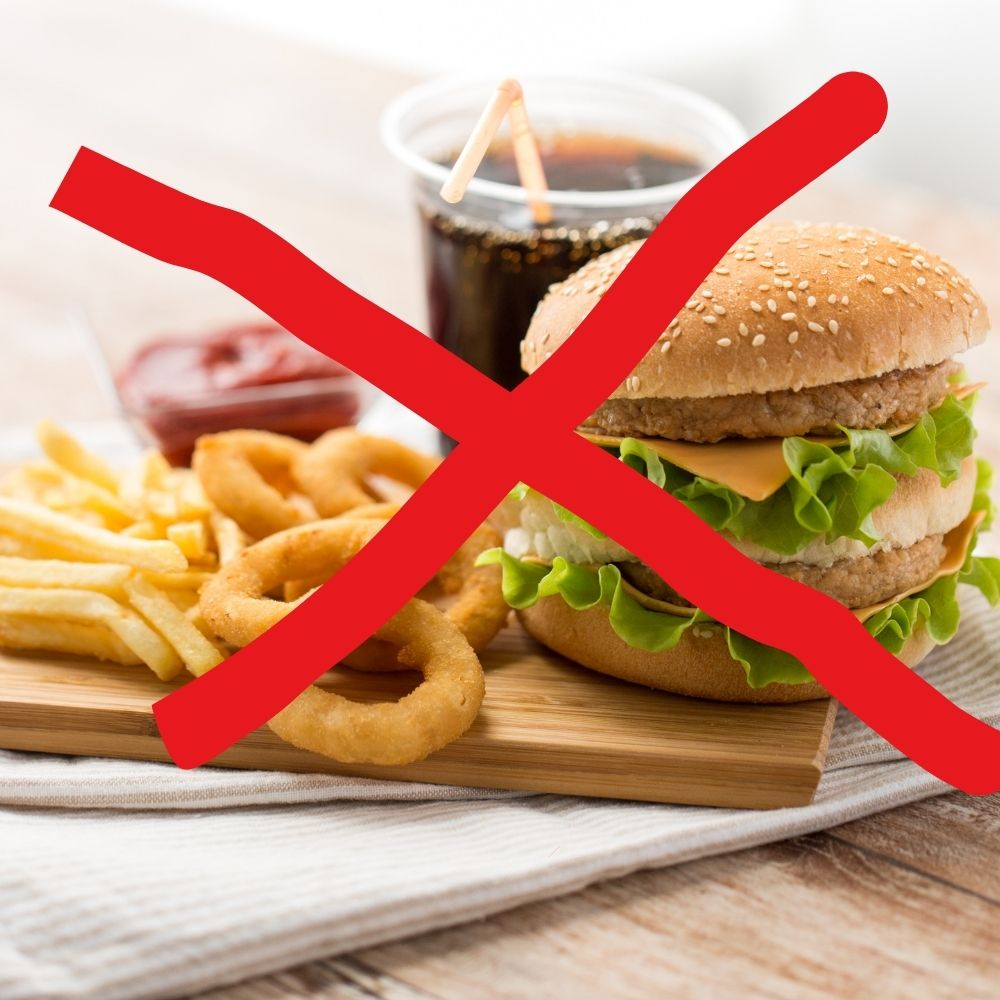
Maintaining a balanced diet can greatly impact the blood sugar management and weight loss success of semaglutide users.
Subsequent subsections will delve into the importance of prioritizing lean protein sources, fiber-rich foods, and healthy fats in your diet.
Lean Protein Sources
Lean protein sources, such as poultry, fish, and plant-based options, are low in fat and high in protein. Including these foods in your diet can provide several benefits, including weight management, muscle maintenance, blood sugar control, nutrient density, and heart health.
Some examples of lean protein sources suitable for a semaglutide diet include:
- Chicken
- Turkey
- Salmon
- Tofu
- Beans
- Lentils
These foods can help support muscle growth and satiety, making it easier to stick to your weight loss goals.
Fiber-Rich Foods
Incorporating fiber-rich foods into your diet can promote digestive health and blood sugar control. Some examples of fiber-rich foods include:
- Whole grains like oatmeal, brown rice, whole wheat bread, bulgur, barley, and whole-wheat pasta
- Fruits like apples, berries, oranges, and pears
- Vegetables like broccoli, carrots, Brussels sprouts, and spinach
Including these foods in a semaglutide diet can help support your overall health and well-being.
Fiber-rich foods can also help regulate blood sugar levels and promote satiety, making it easier to manage your weight and maintain a healthy lifestyle. Choose a variety of:
- fruits
- vegetables
- legumes
- whole grains
to ensure you receive all the essential nutrients, vitamins, and minerals your body needs.
Healthy Fat Options
Healthy fats, such as monounsaturated and polyunsaturated fats, can support heart health and weight loss. These fats can be found in nuts, seeds, and olive oil, which are advised for semaglutide users.
Incorporating healthy fat options into your diet can provide several advantages, including:
- Increased satiety
- Improved nutrient absorption
- Improved heart health
- A source of energy
- Enhanced brain function
Be mindful of portion sizes when consuming high fat foods, as fats are calorie-dense and can contribute to weight gain if consumed in excess.
Alcohol and Caffeine: Consumption Guidelines
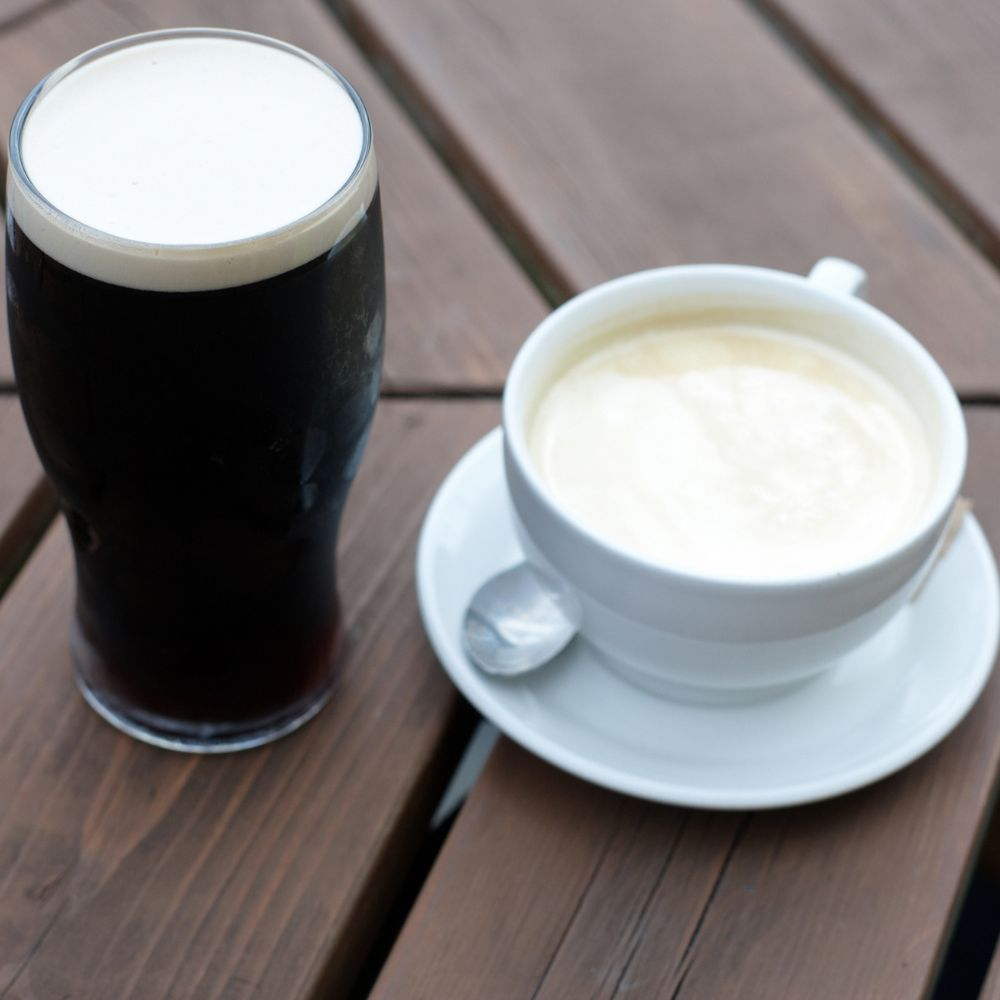
Alcohol and caffeine may adversely interact with semaglutide and increase the likelihood of experiencing side effects. Consuming alcohol while taking semaglutide may increase the risk of developing hypoglycemia or low blood sugar, due to alcohol being a known irritant to gastrointestinal systems.
Limiting alcohol consumption and caffeine intake is advised while on semaglutide, to minimize the risk of side effects. If you choose to consume alcohol or caffeine, do so in moderation and monitor your blood sugar levels closely to ensure they remain stable.
Meal Planning Tips for Semaglutide Users
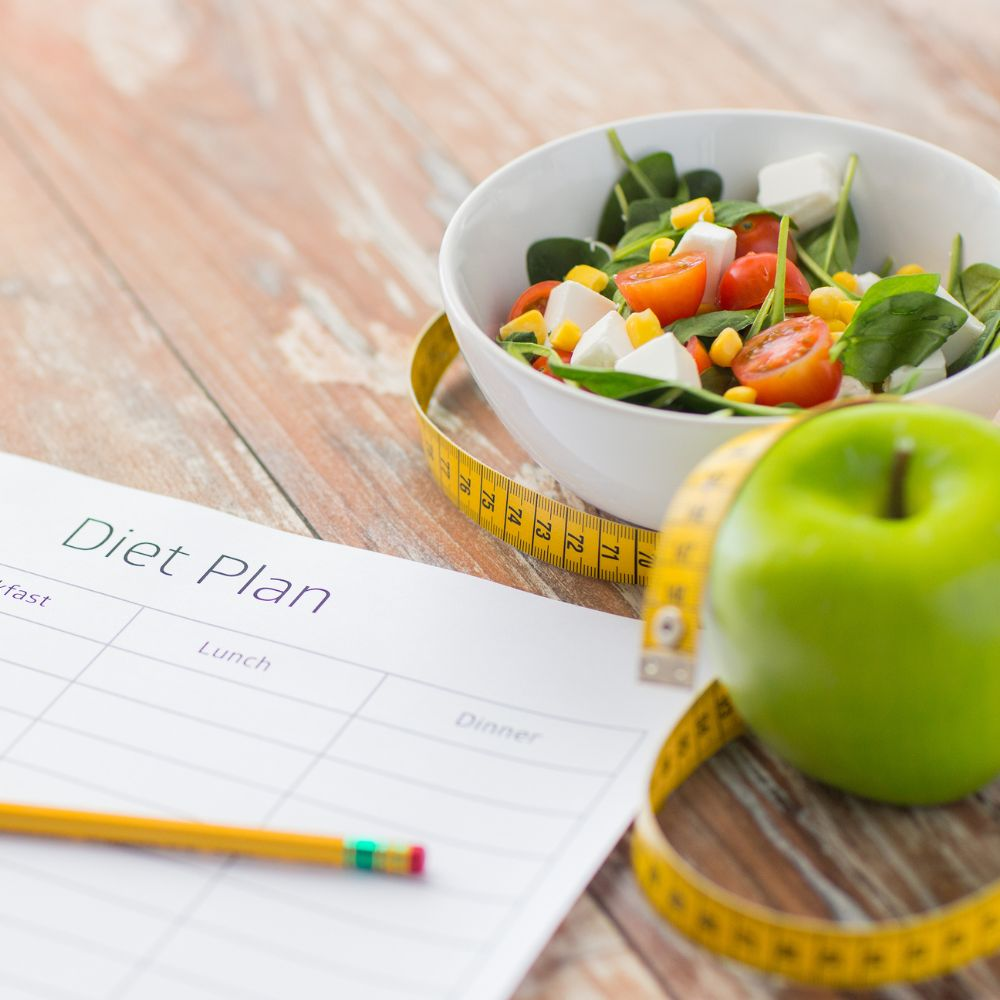
Meal planning can help semaglutide users manage portion sizes, balance macronutrients, and ensure adequate nutrient intake for optimal health and weight loss. To control portion sizes, pay attention to the size of your portions and avoid overeating. Using smaller plates or containers may be beneficial in helping to regulate portion sizes.
In addition to portion control, make sure to include a variety of healthy food choices in your meals. Focus on fiber-rich foods such as fruits, vegetables, whole grains, and legumes to help regulate blood sugar levels and promote satiety. To support overall health, stay hydrated by drinking plenty of water throughout the day.
Semaglutide users may need to monitor their carbohydrate intake to help manage blood sugar levels. Consider planning your meals and snacks in advance to ensure you have nutritious options available and can easily track your carbohydrate consumption.
Interactions with Other Medications and Health Conditions

Keep your healthcare provider and pharmacist updated on all the medications you are taking. This is because some of these may interact with Ozempic. Semaglutide is known to have interactions with 247 drugs, 6 disease interactions, and 2 alcohol/food interactions. Consult with a healthcare professional for further information on specific medication interactions and personalized guidance.
Awareness of potential interactions between semaglutide and other medications or health conditions aids in making informed decisions about your treatment plan. Always discuss any concerns or questions with your healthcare provider to ensure the best possible outcomes while taking semaglutide.
Summary
In conclusion, making informed dietary choices while taking semaglutide can significantly impact your blood sugar management and weight loss success. By understanding the medication’s effects, limiting high-fat, sugary, and processed foods, and focusing on a balanced diet rich in lean protein, fiber, and healthy fats, you can achieve your health goals. Remember to consult with your healthcare provider for personalized guidance and monitor your progress regularly to ensure the best possible outcomes.
The information presented in this document is purely for educational purposes and should not be construed as medical advice. While every effort has been made to ensure the accuracy and reliability of the information provided, all health-related decisions should be made in consultation with a qualified healthcare professional. The author does not take any liability for the health decisions made by the reader.
Frequently Asked Questions
What is the best diet while taking semaglutide?
For best results while taking semaglutide, stick to a healthy diet that focuses on whole grains, fruits, vegetables, lean proteins, and healthy fats, while avoiding refined carbohydrates, excess sugar, alcohol, and fried foods. Focus on eating whole, unprocessed foods that are as close to their natural state as possible. Choose foods that are low in saturated fat, sodium, and added sugars. Incorporate plenty of fruits and vegetables into your diet, as well as lean proteins like fish, poultry, and beans. Limit your intake of red
Can you eat anything while taking semaglutide?
It is safe to consume a variety of foods while taking semaglutide, but some people find it helpful to limit certain food groups such as carbohydrates, sugar, or chocolate in order to ease gastrointestinal symptoms and side effects. However, it is important to ensure that you are still getting the necessary nutrients and vitamins from other sources. Eating a balanced diet is essential for maintaining good health while taking semaglutide.
What is semaglutide, and how does it work?
Semaglutide, the active ingredient in Ozempic, is a medication used to treat type 2 diabetes and manage blood glucose levels. It works by replicating the incretin hormones produced by your body in response to food intake, helping to regulate high blood sugar levels.









